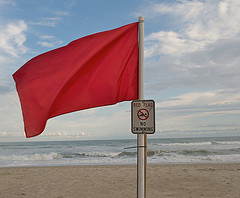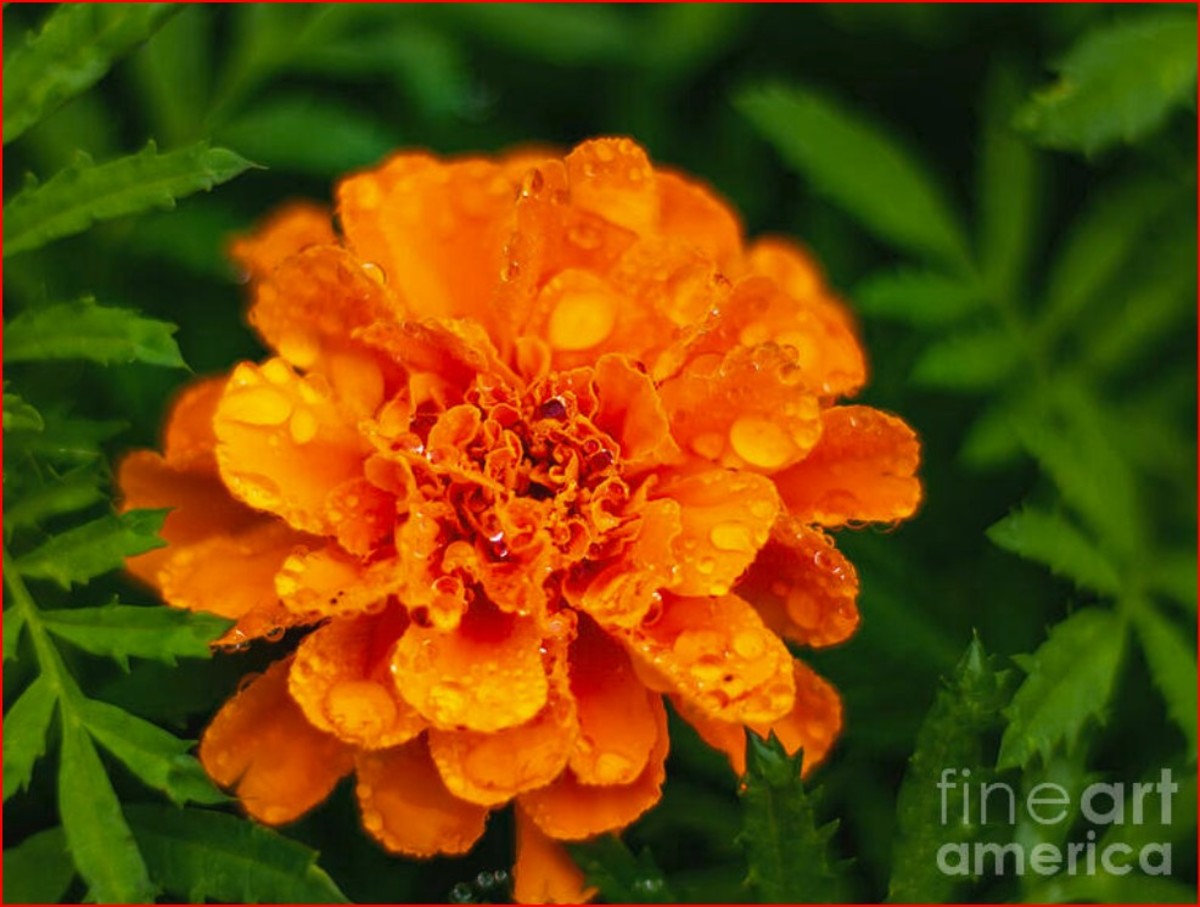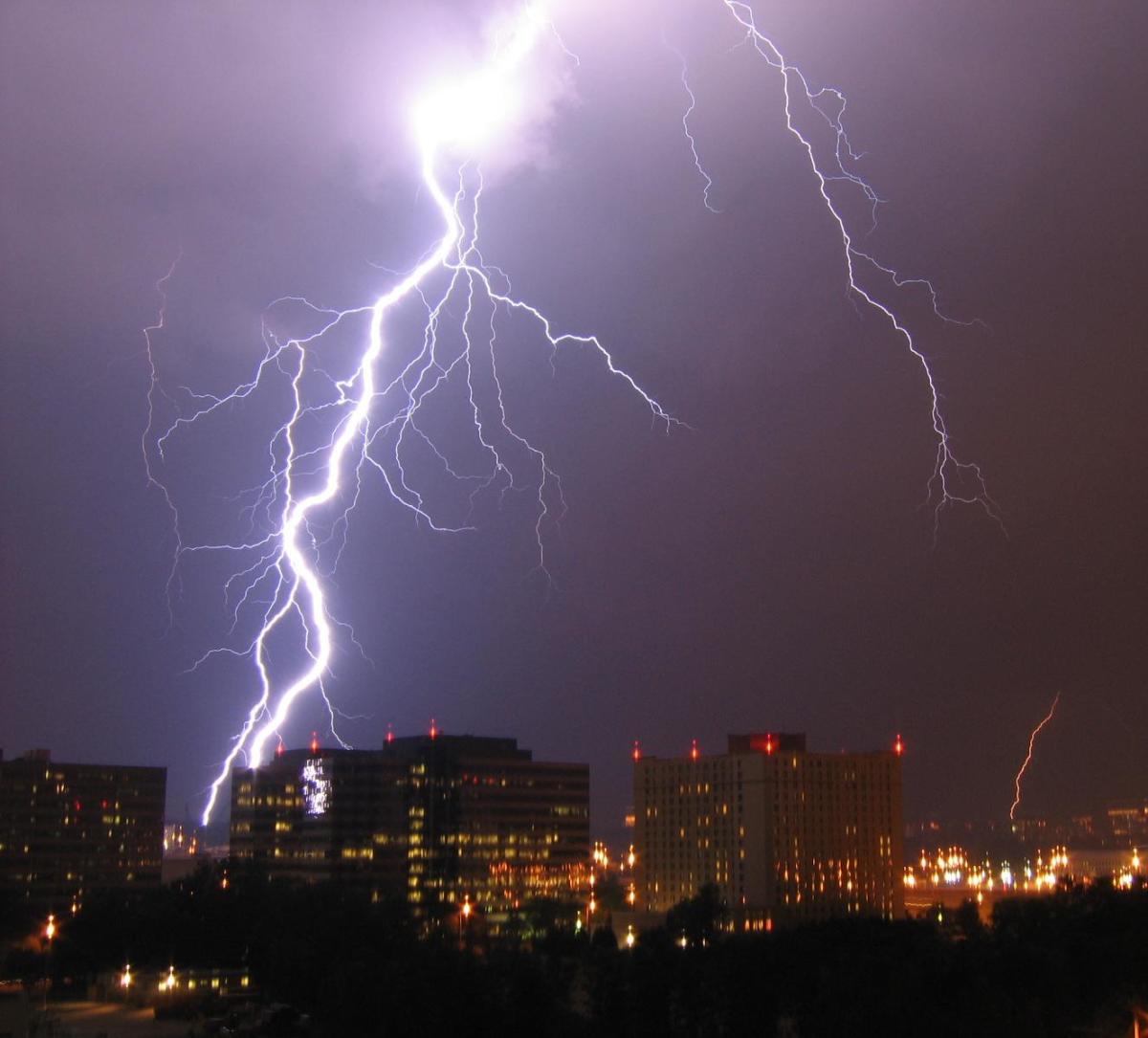So you want to be a stock photographer? Read here first!
Books related to getting started in stock photography
What is stock photography?
Stock photography is an ever-growing business that brings together freelance photographers and advertising clients from all over the world. Virtually anyone can become a stock photo contributor, but not everyone will be successful. Though I do not profess to be an expert stock photographer (yet!!), I have learned the necessary steps to begin in this field. I will break them down in this hub for you. At the end of the hub, I will include information and some links to each of the 12 sites that I am familiar with. That is not to say there aren't others out there because new agencies are popping up every day.
Tool for getting beautifully isolated stock images
Getting Started
First and foremost, Do Your Homework:
1) Start by choosing 1-3 stock photography web sites that you would like to dive into first. Do not overwhelm yourself by taking on every stock site out there. Read the terms and conditions for each site carefully. Make sure that you understand how the sites work, what type of licenses they offer to their buyers, what they expect from you as a contributor, and how they pay you when your photos sell. Every stock site has different payout methods and minimums, as well as different percentages that they pay the photographer.
2) Next, you need to spend some time learning about each stock photography website’s individual needs and expectations. The best way to do this is to search the photo database to see what type of images are they accepting to their site, and which images are most popular with the buyers. Each stock photography website has different clients, and therefore, different needs.
3) Once you think you have a grasp of what type of photos they need, spend some time in the forums of each site. Read posts that relate to the site itself. Just like every other website out there, even stock photography forums can get bogged down with users discussing other things, but I have found that you can usually get great information from forums on tips and critiques. Don’t be afraid to post questions in the forums. There are many long term, professional stock photographers that watch these forums, and they can be a wealth of information for someone just starting out.
4) Now you need to find out what you can submit. Each stock photography website has different image requirements. Some stock sites will not accept any image smaller than 4 mega pixels; others will accept images as small as 2 mega pixels. (I will try to break down some of this for you when I get into discussing each individual stock website later in the discussion.) For now, just realize that there are tutorials on some stock photography websites that give you a brief overview of the technical requirements that they have for their images. These lessons discuss things such as image lighting, digital noise, filtering effects, and when you need a model release.
Preparing your own images
If you think that you have a good grasp on all of this information, it is time to move on to looking at your images.
1) Depending on how long you have been taking photos, you may have thousands of pictures at your disposal. From my personal experience, every photographer has a good idea of which of their images are the best and which are just mediocre. Dive into your image collection, and pick out your 25 best images based on sharpest focus, most precise exposure, and best composition. Move or copy those 25 files to a different folder so you don’t have to worry about searching for them over and over again as you go through this process. Look at each of these 25 images at 100%. Look for any technical problems that you have learned about when doing your homework such as digital noise, artifacting, or uneven lighting. If you can correct the image adequately with image editing software keep it, if not, move it back to where it was originally and forget about it for now. Hopefully, after you review all 25 thoroughly, you will have at least 10 images left that you feel are superior to all of the others.
2) Now you need to add a title, description, and keywords to your images. This step is tedious and takes time, but it is very important. This information is what guide potential buyers to your images. Make sure you properly describe your subject in a clear and concise manner. When you add your keywords, think about what your image may be used for, and how a potential buyer might search for it. For example, if you have an image of two men in suits shaking hands after a business meeting, some of your keywords might include: handshake, business deal, agreement, cooperation, greeting, contract, hands, shaking, teamwork, corporate, etc. Keywords you would not want to include (even if the item is visible in the image) could include: apple, food, sky, window, table, chair. In other words, make sure your title, description, and keywords relate specifically to your subject, and not to extraneous items that are secondary to it.
3) Now it is time to dive in and submit your images for approval. Once again, each stock photography website has different submission guidelines. Some sites require you to upload a certain number of images for them to review before even accepting you as a contributor. The numbers vary from site to site. I have seen as few as one to as many as ten (that is why I chose the magic number 10 above). Upload and submit your images.
Some of my images that have been accepted at many stock sites ****Note: These photos are small versions at a low resolution, not what I have on the stock sites.




Now what?
While you are awaiting the responses from these stock websites, there is still a lot of work to be done. You can go research more stock photography websites, you can review and edit more of your images, or you can dive more deeply into the site you just submitted to by reviewing more forum posts and popular images. (In case you are wondering…Stock photography is a lot of work!)
If your images were accepted, GREAT! You are on your way. If not, here are a few more tips:
1) If you really want this, Don’t Just Give Up! You need to grow a thick skin. Try different images, try different stock photography websites, get help and image critiques in the forums, get out there and take more photos, whatever you decide to do, just keep trying.
2) Learn something from the rejection reasons given by the stock image reviewer, and then apply what you learned in your next submission. Even if you are rejected, that doesn’t mean that the game is over. Most stock photography websites allow you to try again with a new set of images after a certain length of time.
Stock photography agency information and website links
OK…on now to a brief overview of the stock photography websites that I am familiar with. I am listing them in the order that I think will be most useful when it comes to doing your research and submitting, but the ultimate choice of which sites to start out with are up to you.
BigStockPhotos
This was the first stock photography website that accepted any of my images. They give terrific feedback to contributors regarding their rejections. They require images that are at least 800 pixels across, but prefer them to be 2500-4000. This site also bases the number of photos being considered for approval on contributor rating, so the more approved images you submit to the site, the more you can upload next time.
Shutterstock
I think that this is a great site for beginning stock photographers. The people in the forums here are extremely helpful, and the uploading process is easy to use. They require image files of at least 4 MP from new users. To be accepted as a contributor, they require you to upload an initial set of 10 images. If 7 out of these 10 are approved, you’re in. However, be careful to choose images with a variety of subjects. They do not want to see 5 images of your pet and 5 images of a flower in your front yard. Vary your subjects as much as possible.
Though this is fairly new site for me, I think there are some definite advantages to it. They allow you to put your own price on your images in their midstock and gold program, and they offer pricing guidance based on other sales. They consider you a contributor as soon as you have one image approved, thus there is no need to wait until you have ten appropriate images to start. They also pay a 50% royalty to the submitter, which is high for the stock photography industry. They do have an image size restriction of no less than 1200 pixels on the short side.
This is one of the newer stock photography websites, thus I have very little experience with it. I have placed it closer to the top mainly because my acceptance rate has been very good on my images. They pay 50% on single image sales, and 1 Euro on subscription downloads. This stock website has an image size requirement of 3MP and wants at least 1000 pixels on each side.
Fotolia
- Royalty Free Stock Photos at Fotolia.com
Buy and sell royalty free stock photos on Fotolia.com. Affordable Royalty free stock photos, cheap stock images and stock pictures
This site bases contributor payout on number of images sold, ranking, and exclusivity. Their system is a little complex, but it is explained very well on the site. They require images that are at least 2400 X 1600 pixels in size. Though my portfolio here is very small, I have sold a few files here. I believe this site has a lot of potential, but I have yet to figure out all of the nuances of the program. (As I said before, if you really want to learn and be successful in stock photography, be ready for a lot of work, and don’t get discouraged. Keep learning and trying.)
This is another stock photography website that requires contributors to upload 10 initial images for review. They also require a photo ID be uploaded to the site before they will review any submission. Size requirement for images is 4 MP (2400 X 1600).
Dreamstime
- Stock Photography: Download Free Stock Photos & Royalty Free Images
Stock photography community providing high quality stock photos and stock images. Free photos added weekly.
This agency uses a contributor rating to determine how many images a day they can upload to the site, so keeping your rating high can be important. My recommendation would be to wait a little while before tackling this stock site. Make sure you have a good grasp of stock images before uploading here. They have an image size requirement of 4 MP.
Canstockphotos
This site is a great stock photography agency to contribute to after you have a large number of images. Wait until you have about 50 or more to begin uploading here. They do require 3 trial images be uploaded before accepting you as a contributor. A major advantages of this site is the keyword helper that is available. You can type in a word that describes your image, and the helper will give you other ideas. Beware: Do Not use all of the descriptive terms given, make sure the keywords describe your image before using them.
Cutcaster
- Buy and sell royalty free images, stock photos and vector illustrations at cutcaster.com
Search Cutcaster for royalty free photos, stock images, stock illustrations, clipart, vectors and free stock photography for advertising, publishing or web design. Download and find free stock photos and vectors for secure use in printing brochures,
This stock photo website has a very complex, but interesting way that they compute payment to their contributors. It takes the popularity of a given image into consideration. I believe this is a great place to consider becoming a contributor to after you figure out which images are successful on other sites and which are not.
Thephotostorage
This is a stock photography site to which I am very new. I don’t have much information to provide you for this site, but I can say that I have had images approved here, and that the site is very user friendly.
Crestock
- Stock Photos & Stock Photography Royalty Free Images from Crestock
We've got your image sorted! Stock Photo & Image Bank Crestock has the stock photography industry's highest standard in royalty free stock photos & images.
I know very little about this site because it is another to which I have just signed up. I have yet to have any images approved, so I hesitate to provide any information. I added it here in the list for completeness.
Istockphoto
- Member Profile : dmvphotos | iStockphoto.com
Browse our giant royalty free library of stock photos, vector illustrations, and stock videos on iStockphoto.com. Free sign up and images for as low as $1.
Though Istockphoto is a very well known stock photography agency, and also a terrific site, I would not start out with this site as a contributor. I would wait until you really have your head in the stock photography game for a while. Istockphoto requires you to go through a brief training, take and pass a quiz, and upload your best 3 images for inspection before you can become a contributor. The uploading process on this site is a little difficult and can take a lot of time, but it is obvious that they have their buyer’s best interest in mind (which is good for you as well, since happy customer’s are generally repeat customer’s). They check images and keywording VERY carefully. Though I have had many rejections here, I learn from every single one of them.
Please Understand!
Finally yet importantly, I just want to say that stock photography is not a “get rich quick” scheme. It takes a lot of work and a lot of patience. You may have photos that you think are terrific, but if they are not sellable, they will be of no help for these agencies. As you move through this process, I suggest you ask yourself what your photo can sell, not just objects, but also concepts or ideas. I have just recently gotten involved in stock agencies and I still have much to learn, but I felt it would be a good idea to inform others of what I have learned so far. Thanks for your time and I hope this is helpful for those of you thinking about getting into the stock photography industry.
For those of you who are already involved in stock photography...
Which of these sites do you find to be most helpful and lucrative?
Some more images that I have on these sites. ***Note: These are small images at low resolutions, not the original image uploaded to the stock sites.











![Adobe Photoshop Elements 2018 [Old Version]](https://m.media-amazon.com/images/I/51AQ4wl7eOL._SL160_.jpg)







